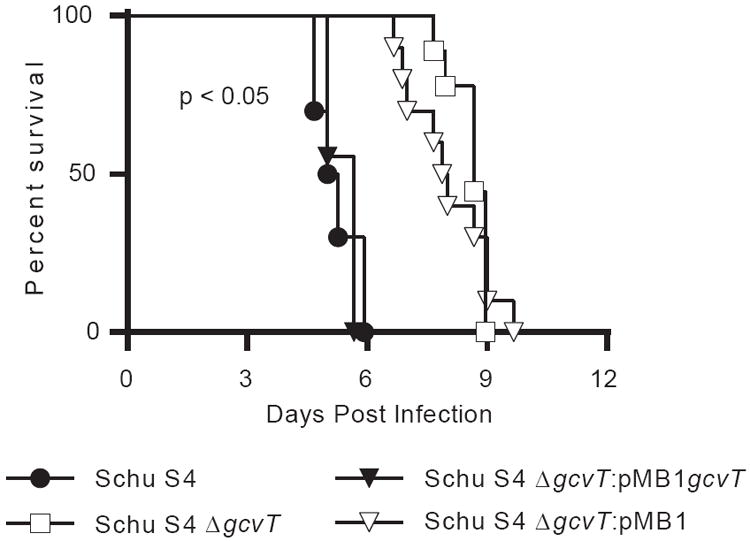Fig. 3. The glycine cleavage system contributes to the pathogenesis of virulent F. tularensis in a mouse model of pneumonic tularemia.

Overnight TSB-C broth cultures of Schu S4 strains were pelleted, resuspended in PBS, and intratracheally administered to anesthetized mice at 100 CFU. Mice were monitored over the course of infection and removed upon reaching a predetermined clinical sickness score. Data are a combination of four experiments, two independent experiments compared Schu S4 to Schu S4 ΔgcvT and two independent experiments compared Schu S4 ΔgcvT:pMB1gcvT to Schu S4 ΔgcvT:pMB1. Each strain had at least four mice per experiment and at least nine mice total. Statistical significance (p < 0.05) was assayed by a log-rank test (Mantel-Cox) and was achieved for Schu S4 vs. Schu S4 ΔgcvT and for Schu S4 ΔgcvT:pMB1gcvT to Schu S4 ΔgcvT:pMB1.
